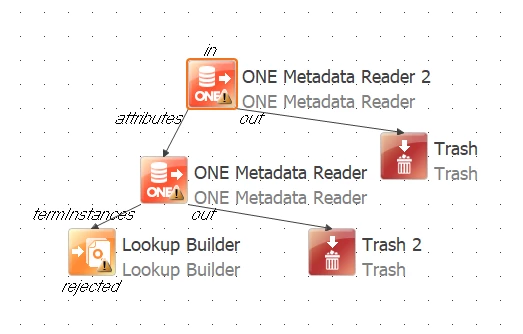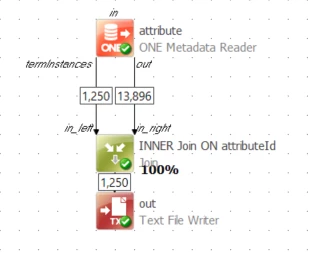Hello all,
I am running into an issue when trying to grab terms from attribute items. My current use case is as follows. I have a list of catalog item that are tagged with a term (that we refer to as a jurisdiction) and I am attempting to first find all attributes associated with these catalog items and then find all terms that are tagged to these attributes. The order is as follows:
Find all catalog items with term → get all attributes associated with catalog items → extract all terms on attributes
My plan looks like this:


The issue that I am running into is that these plans take a very long time to run sometimes upwards of 30min to an hour depending on the term. I would like to know if there is a more efficient way to do this (either through graphql or some other components etc) or if I am simply stuck waiting with the current speed of the plan.
Best Regards,
Andrew











